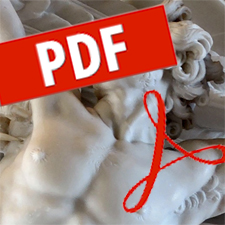Description
By Craig S. Webster
The increasing complexity and power of our technologies compels us to find new ways in which to conceptualise, understand and maintain their safety in the long term. Some complex technological industries have performed better than others in terms of applying sustained and systematic approaches to the maintenance of safety. The United States nuclear power industry can be seen as an ideal test-bed for the development of safety initiatives, being responsible for the control of potentially unpredictable technology that involves extraordinary forces and costs. This paper describes and formalises a framework for better understanding the safety of complex socio-technological systems, based on key events in the development of safety in the United States nuclear power industry. The framework comprises two components: (1) a state-space approach for better conceptualising system failures, the benefits of incident reporting and remedial safety initiatives; and (2) a set of milestones that can be used to assess the development of safety in socio-technological industries. Healthcare and the United States nuclear power industry both represent complex socio-technological systems with similar technical characteristics. However, safety strategies in healthcare have not kept pace with the increasing complexity of clinical practice, and there have been international calls for improvements in patient safety. The framework is applied to the analysis of safety in healthcare, demonstrating its utility as an alternative safety analogy in healthcare. Use of the framework indicates substantial scope for improvements in healthcare safety through major evidence-based system redesign. By lowering the threshold for the reporting of incident data to include accident precursors, it is possible to identify problem areas before patient harm occurs.
page: 115 – 132
Prometheus: Critical Studies in Innovation
Volume 34, Issue 2
SKU: 0810-90281279873
